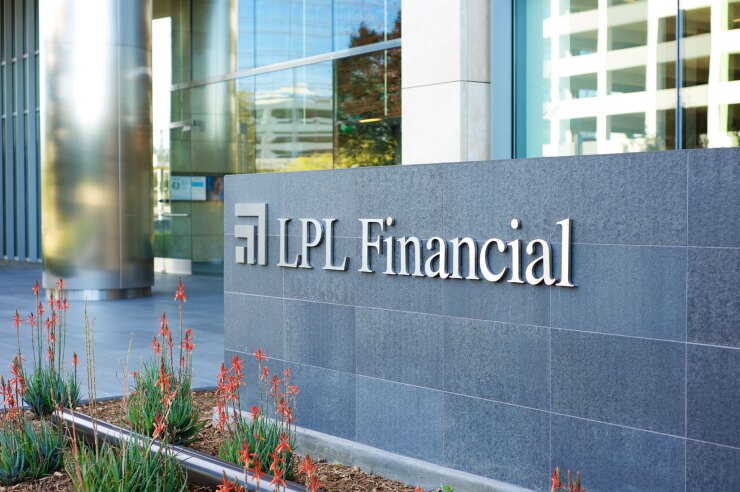Banks and credit unions have two possible ways to grow their investment programs. Essentially, they can either focus on organic growth by increasing wallet share of existing clients, or they can acquire their way to a larger scale.
While the organic approach is more common, the current environment suggests that institutions are uniquely positioned to use acquisition as a growth strategy.
There are several overarching trends putting assets in motion and creating this opportunity for institutions. One is the aging advisor population. Nearly half of all financial advisors are over the age of 55 and nearly 10,000 will retire over the next decade, according to research group Cerulli Associates. With a lack of succession plans in place, advisors are looking externally for options.
Additionally, independent advisors have the need to evolve their businesses due to regulatory changes but may be hard-pressed to invest the time and energy to do so. For these advisors, an easy solution can be to partner with a financial institution that can help them manage the business evolution and allow them to focus on managing a small book of business or transition over time.
Here at LPL, we have experienced an increase in interest from institutional clients to acquire firms to grow their programs. In 2016, LPL’s Strategic Business Solutions team, which offers valuation and matchmaking services as well as capital and succession planning support, experienced a nearly 40% increase over the prior year in number of closed acquisitions.
Acquisition, admittedly, is not a growth solution for all institutions. As an example, it can be more difficult for credit unions, in particular, given their membership model. It doesn’t eliminate the potential to acquire; it just calls for a different process.

Acquisitions by institutions, however, can provide benefits for all sides. The institution can benefit on several levels. First, it can increase the number of clients while growing loan and deposit business; plus, depending on the advisor’s experience, the bank can strengthen its capabilities that it offers investors, such as financial planning or high-net-worth services.
Meanwhile, sellers are able to monetize their businesses with some reassurance that their clients will have access to a variety of advisors and resources to suit their needs. Sellers can also benefit from the institution’s brick-and-mortar presence, established brand and the program’s infrastructure.
Finally, the investor gains access to a one-stop shop to address a broad suite of investment needs, which institutions are uniquely positioned to offer, including cash management and debt management along with retirement planning, education planning, protection planning and generational transfer of assets.
BUYING INTO AN ACQUISITION STRATEGY
For institutions interested in an acquisition, two steps can be helpful in clearing the path to purchase. Defining how a new business can contribute to overall growth goals is important to gain buy-in and support, and to help set expectations. In addition, evaluating a program’s capability to support a new business ensures that, in practice, the acquisition can be successful.
Since investment programs are a small portion of an institution’s overall business, securing executive buy-in is important to be able to pursue the deal and have the backing to meet the evolving needs of the program. Demonstrating the acquisition has a return on investment and supports the institution’s deposit and loan growth strategy can be instrumental to gaining support.
One example that illustrates these issues, Visions Federal Credit Union acquired O’Connor Financial earlier this year. As the succession plan for Leo O’Connor’s business, he and his team reinforced the value of the move to their clients, communicating the increased support and resources gained by moving to Visions and the LPL platform. Conversely, the credit union emphasized the potential to serve more investors and grow the deposit and loan business.
Another example: Salem Five Bank is a 30-branch community bank with an established investment program serving more than $766 million of brokerage and advisory assets through LPL Financial. The bank has made two acquisitions to date, including Stumm Financial Services, with $180 million in AUM. The bank approached the deal as a way to extend the investment program’s footprint by operating an office outside the bank. With an established infrastructure and proven success, the program was positioned to be able to scale without taxing the current branch operations.
Ultimately, a successful acquisition is one in which strategic alignment can be supported by the practical ability to execute upon it. A program that has demonstrated success will ensure its ability to support the new business.
With this environment putting more assets in motion and scale being the key to growth, institutions have an opportunity to capture their share of the market to create more value to all stakeholders and grow the business’ bottom line.





